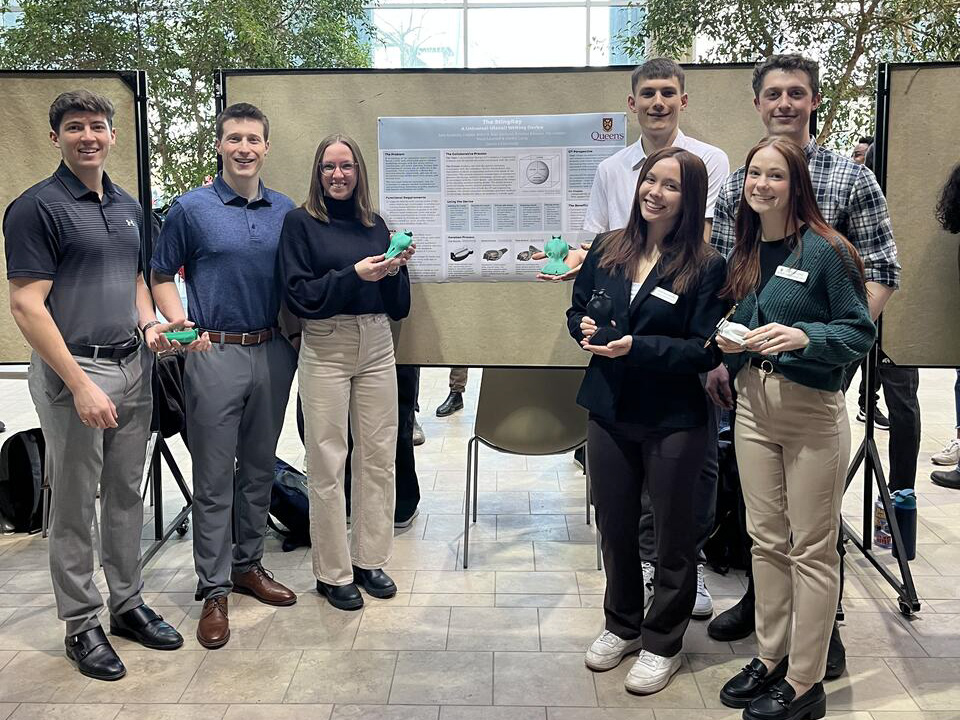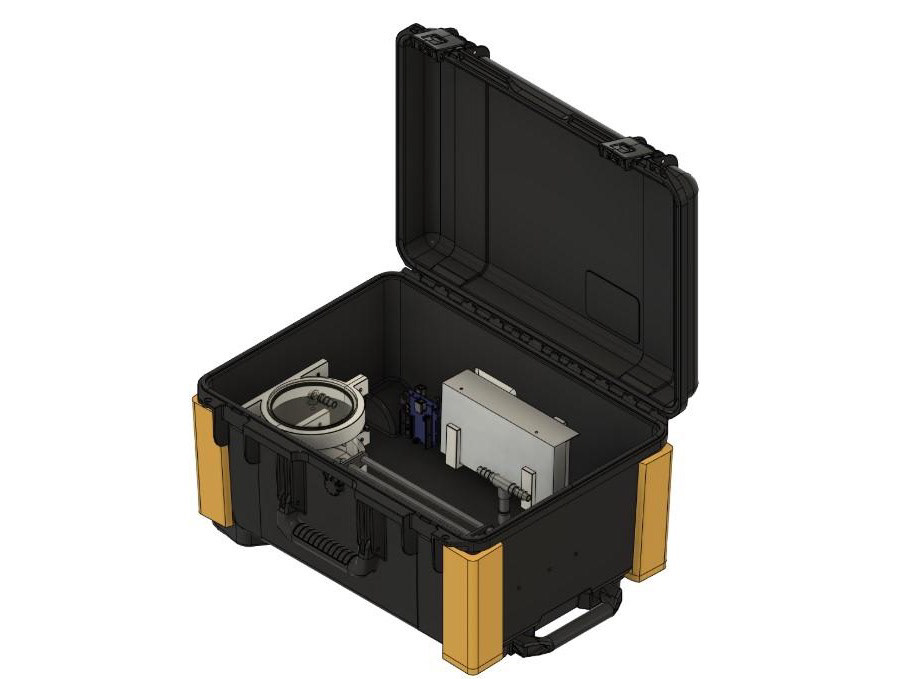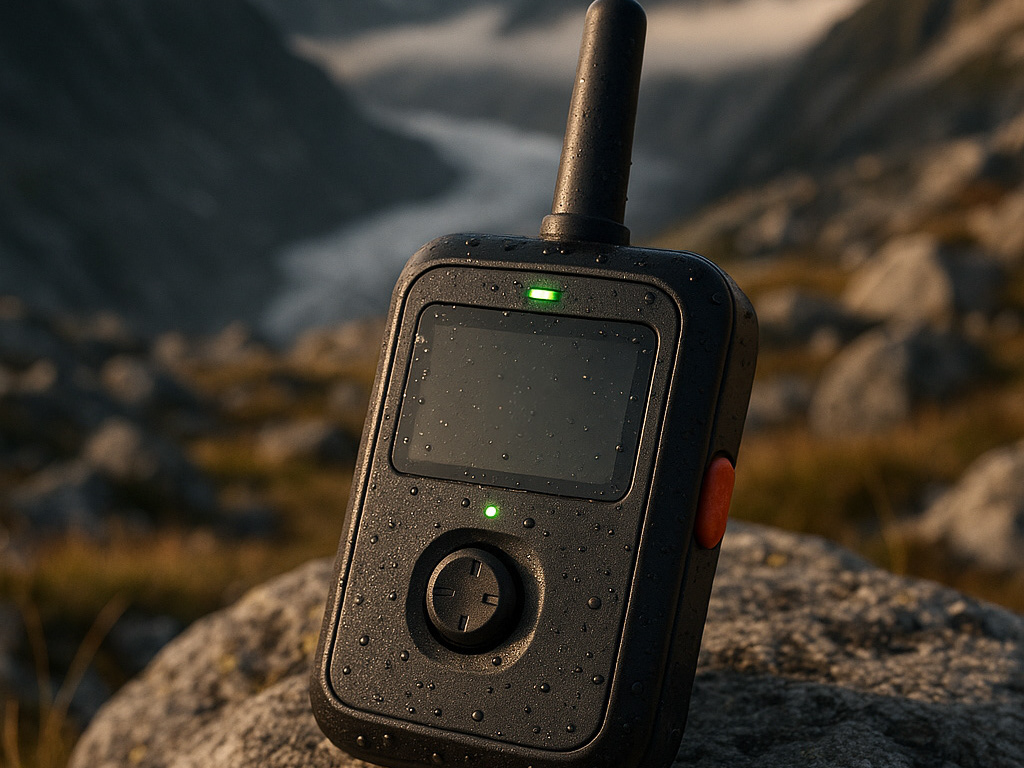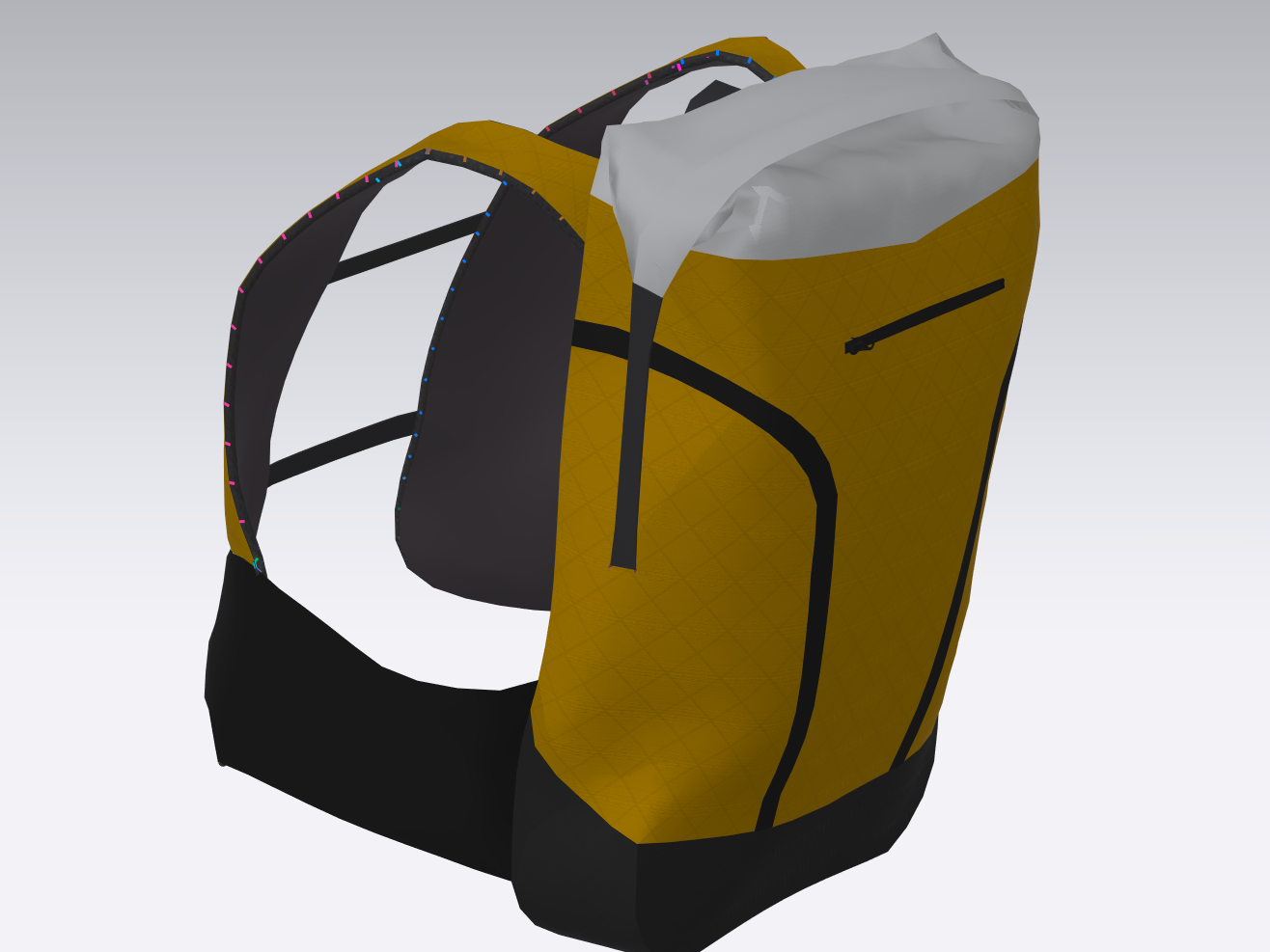Project Highlights:
- Designed UHMWPE–Vectran polymer blend for alpine backpack textiles with optimized strength, weight, and durability
- Evaluated additives and compatibilizers for performance tuning
- Proposed scalable manufacturing process using gel/flash spinning, 3D weaving, and multilayer lamination
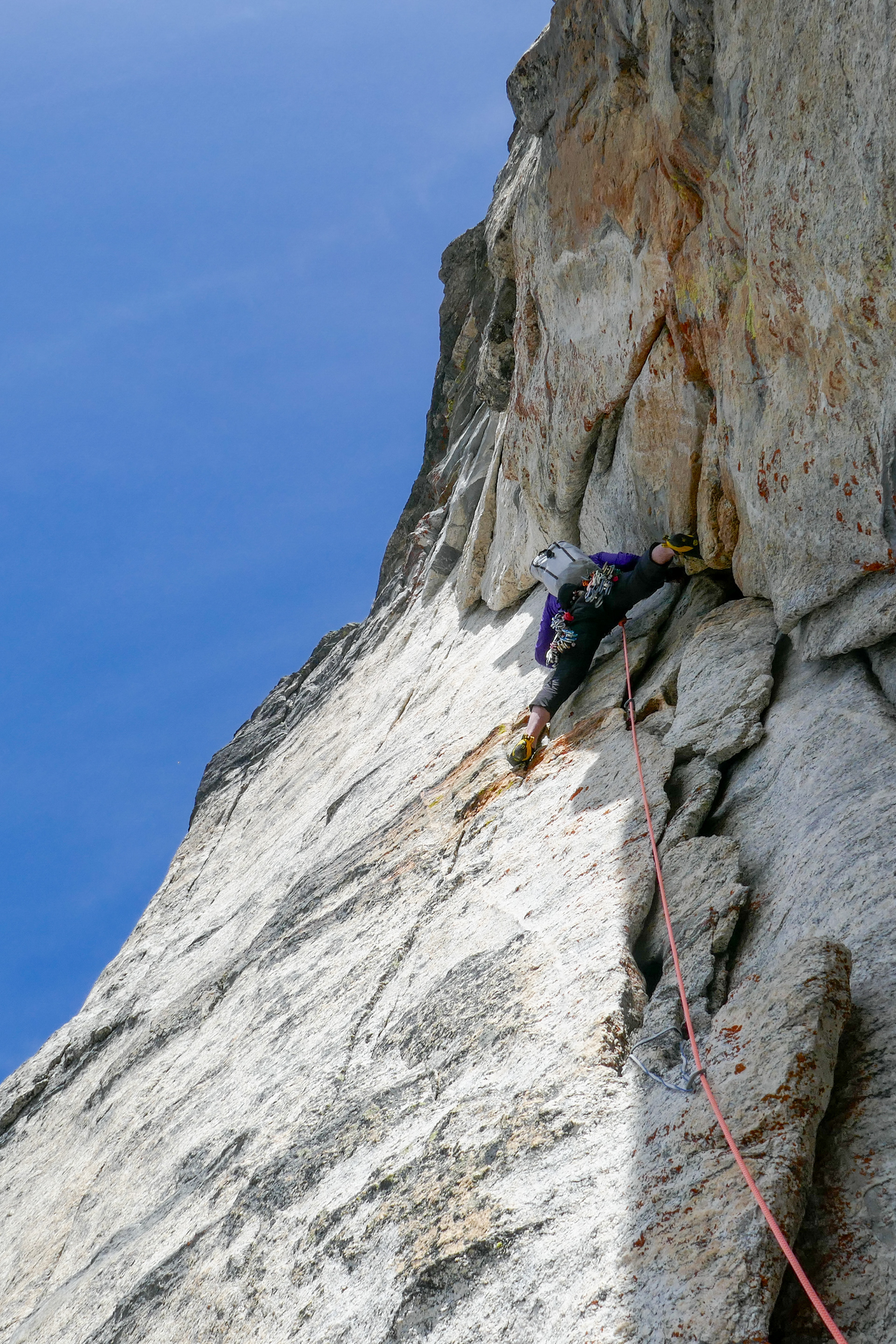



This project began as a final-year design assignment for CHEE 490 - Polymer Science and Processing Technology. The challenge was to propose a polymer formulation and manufacturing process for a consumer product. Given my interest in alpine climbing, I set out to design the ideal textile for an alpine backpack, something lightweight, durable, and built to withstand demanding conditions.
I started by identifying user needs through research, interviews with climbers, and my own experience in the mountains. I dug into the technical side of outdoor fabrics, benchmarking options like Dyneema Composite Fabric, UltraGrid, X-Pac, and Cordura to understand their strengths, weaknesses, and design trade-offs. The goal was to engineer a textile that delivered high abrasion and tear resistance, low weight, and excellent delamination and UV resistance, all while being manufacturable at scale and field-repairable in harsh environments.
To meet those needs, I proposed a novel polymer blend: ultra-high molecular weight polyethylene (UHMWPE) reinforced with a liquid crystal polymer (Vectran). This combination offered a unique balance, with UHMWPE bringing tensile strength and lightness, and Vectran for thermal stability and creep resistance. I also explored performance-enhancing additives: chitin nanocrystals to improve crystallinity and therefore tensile strength, carbon nanotubes for interfacial adhesion, and UV stabilizers for long-term outdoor durability. Compatibilizers like PE-g-LCP or PE-g-MAH would be required to improve polymer miscibility.
From there, I developed a hybrid manufacturing approach built around scalable, low-solvent processes. The concept used gel and flash spinning of fibers, followed by 3D weaving and hybrid woven/non-woven multilayer layups, then film lamination, and plasma treatment to dial in surface durability and bonding strength. The process emphasized modular layering for tunable performance and was designed around existing process equipment to ensure feasibility.
While this was a conceptual project, it opened the door to material science for me. It sparked a deep interest in technical textiles, polymer manufacturing, and materials development. Beyond alpine use, the textile system I proposed could be adapted for tactical load carriage, orthotic supports, or lightweight aerospace structures.
I’m actively exploring opportunities to refine and prototype this concept, whether through collaboration with research groups or early-stage manufacturers, and would welcome the chance to keep developing it further.

